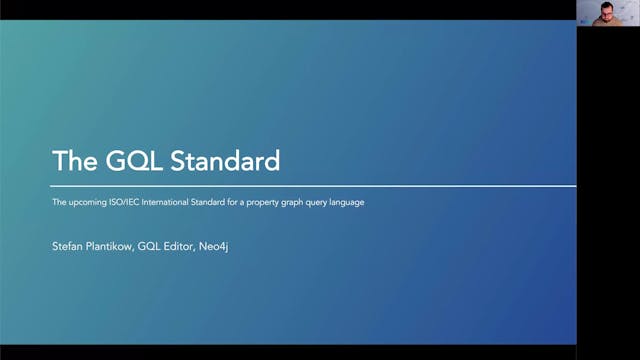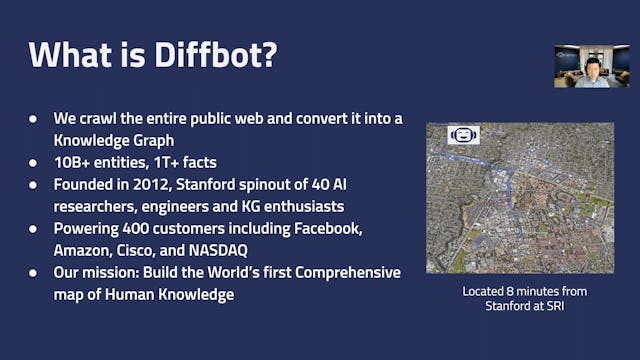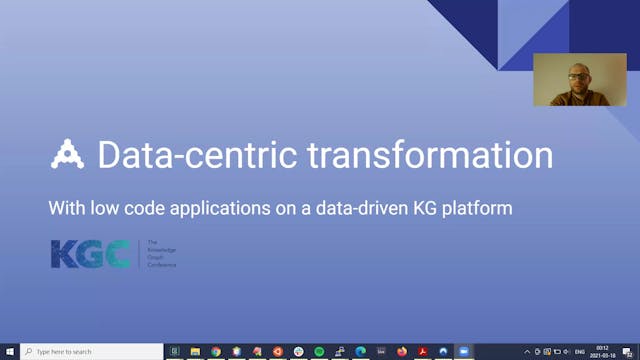Luke Feeney | Why A Knowledge Graph Is Best For Distributed Collaboration
KGC21 | Conference Only Pass
•
20m
There has been an explosion of tools - especially in the machine learning space - describing themselves as ‘git for data’. This talk will review the main open source players and link the interest to data mesh architectures. Not to jump to outcomes without first conducting the review, but it will conclude that knowledge graphs are the best way to approach distributed collaboration.
Luke Feeney from TeminusDB presents us with with a question from a forum that asked 8 years ago, "Is there an alternative to Git for version control on data?". Building upon this question, Luke talks about what has happened the last five years expanding on the "Git for data" movement. During these years, tools have been built to help build out Git for data and Luke presents the tools ideas which are placed in four areas which are versioning layer, data catalogues, data pipelining, and version databases. He will present what these areas are and present how a workspace will be like working with these types. #knowledgegraphs #knowledgegraphconference #knowledgegraphuses #knowledgegraphintheoryandpractice
Up Next in KGC21 | Conference Only Pass
-
Stefan Plantikow | The Upcoming GQL S...
Following the GQL Manifesto, the ISO working group that develops the SQL standard voted to initiate a project for a new database language: GQL (Graph Query Language). This talk presents an overview of the goals of GQL and the progress so far, key aspects of the language design such as the basic d...
-
Mike Tung | Automated Knowledge Graph...
Nearly every business is constantly trying to identify, analyze, and grow their market. Yet, traditional processes for data management inevitably lead to a database that contains missing, outdated, invalid, or inconsistent data. Automated knowledge graph construction techniques are a scalable w...
-
Martynas Jusevicius | Data-centric Tr...
One of the key pieces of global infrastructure today is the web yet it continues to be developed using legacy technologies dating back to the 1960s. A result of using outdated technology in turn has created several major problems. First, relational data models are a primary contributor to the dat...



